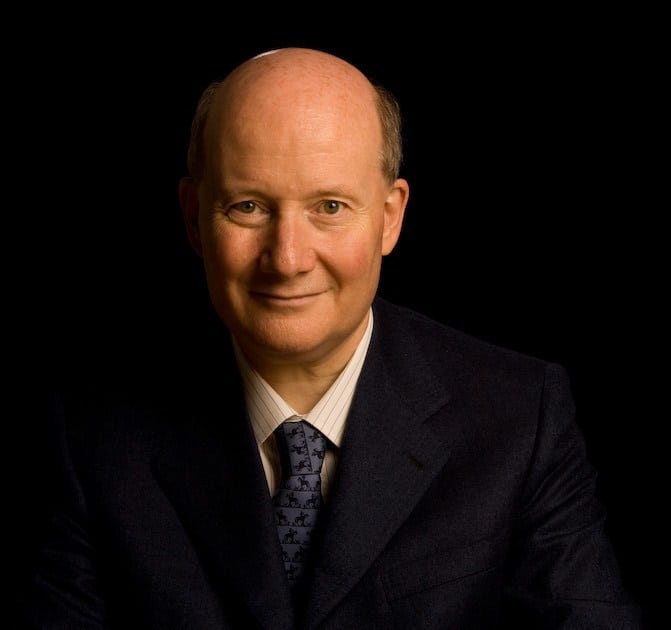Most former members do not actively oppose the religion they have left and just go on with their lives.
by Massimo Introvigne
Article 2 of 4. Read article 1.

Apostates, i.e., former members who become militant opponents of the religion they have left, make up just a small fraction of ex-members. Most ex-members do not turn into fierce critics of the group they departed from, nor do they perceive it as exceptionally malevolent. Instead, they are satisfied to reintegrate into mainstream society, and if questioned, they would acknowledge that their previous religion had both benefits and drawbacks.
Empirical evidence supports this finding. In 1999, I surveyed former members of New Acropolis, an esoteric movement in France. As New Acropolis does not identify as a religious organization, I could address privacy concerns, allowing me to obtain a list of ex-members. This list was used solely to distribute anonymized questionnaires.
I received 120 responses and discovered that apostates constituted 11.7% of the sample, defectors comprised 16.7%, and ordinary leavetakers represented 71.6%.

When I published my research in “Nova Religio,” the foremost journal for studying new religious movements, I observed that my findings aligned with those of other scholars who had conducted similar studies on former members of groups labeled as “cults,” including one by Trudy Solomon, who surveyed ex-members of the Unification Church in 1981.
Scholarly models characterize disaffiliation as an active process initiated by the individual choosing to disaffiliate. In contrast, anti-cultists often adopt a passive perspective, viewing the apostates as “victims” trapped within the “cult,” who canonly extricate themselves through external “rescue.” This can sometimes escalate into the extreme practice of deprogramming, where “cultists” are abducted by professional “deprogrammers” hired by their families and subjected to intense, often violent indoctrination until they capitulate and agree to abandon their faith.
British sociologist Eileen Barker and others have demonstrated that this theory lacks statistical accuracy. Barker showed that in one of the groups often labeled a “cult,” the Unification Church, most members voluntarily and quietly disaffiliated after five years or less, without anyone needing to “rescue” or deprogram them. Contrary to the fictitious jails described by anti-cultists, actual new religious movements have revolving doors.
Bromley parallels the anti-cult “rescue” model of disaffiliation with the racist “captivity narratives” of American white colonists who were said to have been abducted by Native Americans. In the 19th century, numerous books surfaced recounting how young white women were reportedly taken and compelled to marry Native Americans, thus adopting their lifestyle. These narratives thrived on sensationalized depictions of the supposedly immoral sexual behaviors of Native Americans. In a similar vein, anti-cult activists have utilized the structure of captivity narratives to craft stories where “cultists” are depicted as having been “kidnapped” and held “captive” by “cults,” until they are ultimately “rescued” by deprogrammers.

Scholars exploring why some former members become apostates highlight the importance of the disaffiliation process. Research indicates that ex-devotees who have been kidnapped and effectively “deprogrammed,” meaning they underwent significant psychological pressure to exit the “cult,” are significantly more prone to becoming apostates. Those who are successfully “deprogrammed” constitute a small fraction of those departing groups identified as “cults.” Apostates also represent a similar minority.
Individuals leaving a religious organization may interact with the anti-cult movement before, during, or after disaffiliation. This can happen if their relatives reach out to an anti-cult organization to start the disaffiliation process or if those contemplating disaffiliation seek out or show genuine interest in the criticisms of their religion.
If the anti-cult movement and the deprogrammers play a key role in creating apostates, as noted by Bromley, “apostate testimony is central to the entire range of anti-cult-movement sponsored social control initiatives,” which seek to discriminate against and, where possible, suppress new religious movements.
Some apostates, like Steven Hassan from the Unification Church, have transitioned into roles as deprogrammers and gained some professional and academic credentials. Numerous others stay connected to anti-cult movements and, as Bromley describes, continue efforts aimed at the “moral status degradation” of the groups they have abandoned. Consequently, “contented members are dismissed as brainwashed, civic projects are deemed public relations stunts, organizational affiliates are derisively labeled front groups,” and scholars who challenge apostate narratives are referred to as “cult apologists.”

Bromley also describes various types of “apostate careers.” Some earn a living or derive a significant portion of their income from books and lectures that criticize the religion they have left. Some recruit other ex-members, attempting to convert them into apostates. In turn, anti-cult movements use apostates to assert in their attacks against religions they label as “cults” that “the violations alleged are so fundamental and massive that protestations of innocence are summarily rejected.”
When “a climate of hostile public opinion is created” by spreading apostate narratives, “social control” and public “sanctions” are invoked through “investigatory hearings,” court cases, and governmental discrimination, Bromley notes.

Massimo Introvigne (born June 14, 1955 in Rome) is an Italian sociologist of religions. He is the founder and managing director of the Center for Studies on New Religions (CESNUR), an international network of scholars who study new religious movements. Introvigne is the author of some 70 books and more than 100 articles in the field of sociology of religion. He was the main author of the Enciclopedia delle religioni in Italia (Encyclopedia of Religions in Italy). He is a member of the editorial board for the Interdisciplinary Journal of Research on Religion and of the executive board of University of California Press’ Nova Religio. From January 5 to December 31, 2011, he has served as the “Representative on combating racism, xenophobia and discrimination, with a special focus on discrimination against Christians and members of other religions” of the Organization for Security and Co-operation in Europe (OSCE). From 2012 to 2015 he served as chairperson of the Observatory of Religious Liberty, instituted by the Italian Ministry of Foreign Affairs in order to monitor problems of religious liberty on a worldwide scale.



